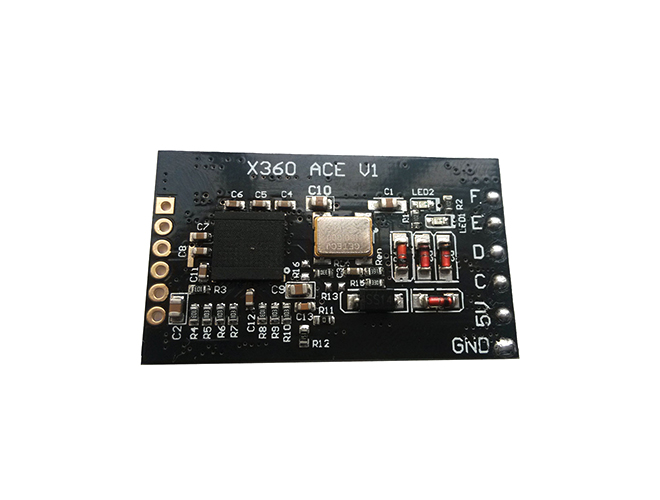-
CN
-
Service Hotline
+8618129931046 Mr. Liao


Time:2025-05-06 Views:1

PCBs for aerial model UAVs have unique requirements due to the specific operating conditions and performance demands of these vehicles. Aerial model UAVs are often used in various applications, including photography, surveillance, and hobby flying, and their PCBs need to be designed to withstand the rigors of flight.
One of the primary requirements is high - reliability. Since UAVs are operating in the air, any failure of the electronic components, especially those on the PCB, can lead to disastrous consequences. The PCB should be designed with redundant circuits and high - quality components to minimize the risk of failure. For example, critical functions such as flight control, communication, and power management may have backup circuits on the PCB to ensure continuous operation in case of a component malfunction. The soldering quality on the PCB for UAVs is also crucial. Given the vibrations and mechanical stresses during flight, the solder joints need to be robust and resistant to fatigue. Special soldering techniques, such as using lead - free solders with high - temperature resistance and appropriate flux for better adhesion, may be employed.
Weight is a significant factor in UAV design, and PCBs play a role in this regard. Lightweight materials are often preferred for UAV PCBs. For instance, flexible PCBs or PCBs made from lightweight composite materials can be used to reduce the overall weight of the UAV without sacrificing functionality. These materials can also be more adaptable to the complex shapes and limited space within UAVs. In terms of electrical performance, UAV PCBs need to support high - speed data transmission. This is especially important for applications like real - time video transmission from an on - board camera or communication with a ground control station. High - speed traces on the PCB should be carefully designed to minimize signal interference and ensure stable data transfer. The PCB may also need to incorporate shielding to protect sensitive components from electromagnetic interference (EMI), which can be a problem in the presence of motors, batteries, and other electronic components in the UAV.
Thermal management is another key consideration. UAV components, such as motors and flight controllers, generate heat during operation. The PCB should be designed to dissipate this heat effectively to prevent overheating, which can lead to component degradation and reduced performance. This may involve using heat - sinks integrated into the PCB design or choosing materials with good thermal conductivity for the PCB substrate.